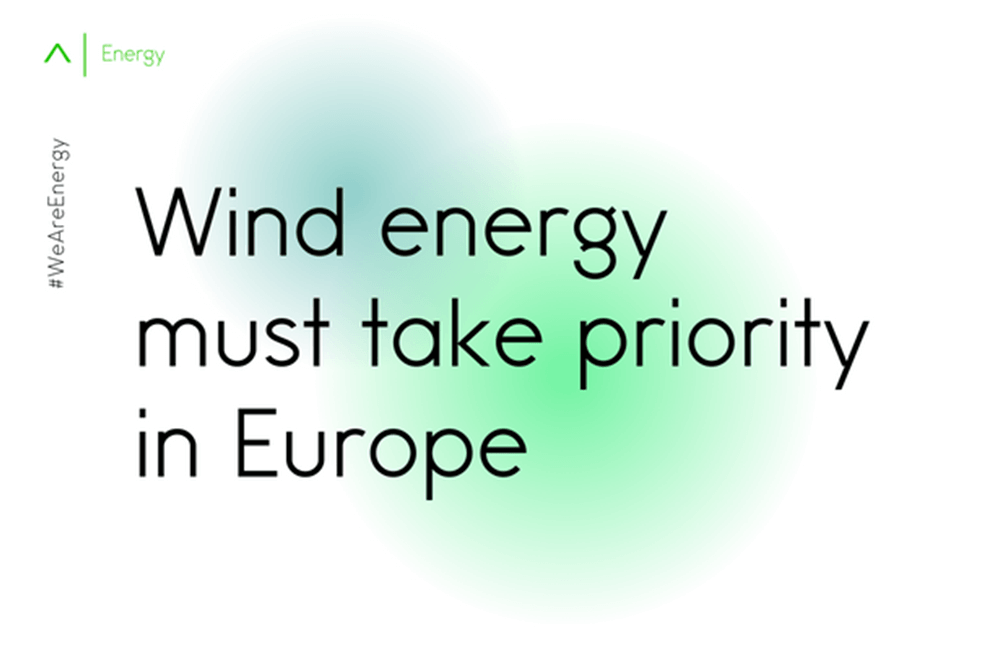Wind energy must take priority in Europe
02 May, 202310 minsThe EU aims to be 75% electric by 2050. With the EU keen on more renewables, wind energy pla...

The EU aims to be 75% electric by 2050. With the EU keen on more renewables, wind energy plays a significant role in achieving Europe’s climate objectives. REPowerEU has been developed as the EU’s policy to tackle Russia’s invasion of Ukraine. This policy has signified wind energy as Europe's top priority.
Unfortunately, Russia’s invasion has highlighted Europe’s overreliance on imported oil, leaving us vulnerable. Only homegrown energy can offer Europe security and control as well as offer affordable electricity prices.
Wind energy has become the urgent solution to this problem, and will need to become the backbone of our new energy systems.
In Europe, wind energy currently makes up 17% of electricity consumed, but by the end of this decade, it is thought to be the number one source of energy.
Currently, the EU has 200 GW of wind energy, but by 2050 it is the aim to achieve 1300 GW of wind energy. However, currently, the EU is only installing half the amount of the new wind energy capacity it must install, in order to reach its renewables targets. These installations must be increased to hit targets.
Regretfully, the wind industry within Europe is now facing its own crisis due to high input costs and a reduced supply chain. Sadly, in 2022 Europe’s turbine manufacturers struggled to make profits. This shows that the supply chain needs to be increased.
Across Europe, there are 250 wind energy supply factories, with nearly 300,000 employees. Whilst massive investments are crucial for Europe's wind energy targets, these businesses are struggling to make profits due to surging costs for commodities and international shipping prices. The EU needs to quickly outline how they plan to finance these vital investments with these issues at stake.
Each year we capture more wind than ever before. But this wind energy has nowhere to go if we don’t have the grid infrastructure to deliver it.
Despite this, Europe should feel optimistic about the future of wind energy because it is amongst the most affordable ways of electricity generation in Europe. On a bigger scale than ever before, European countries are collaborating on wind projects which is generating thousands of new jobs across the continent, and will most likely grow to an even bigger scale.


